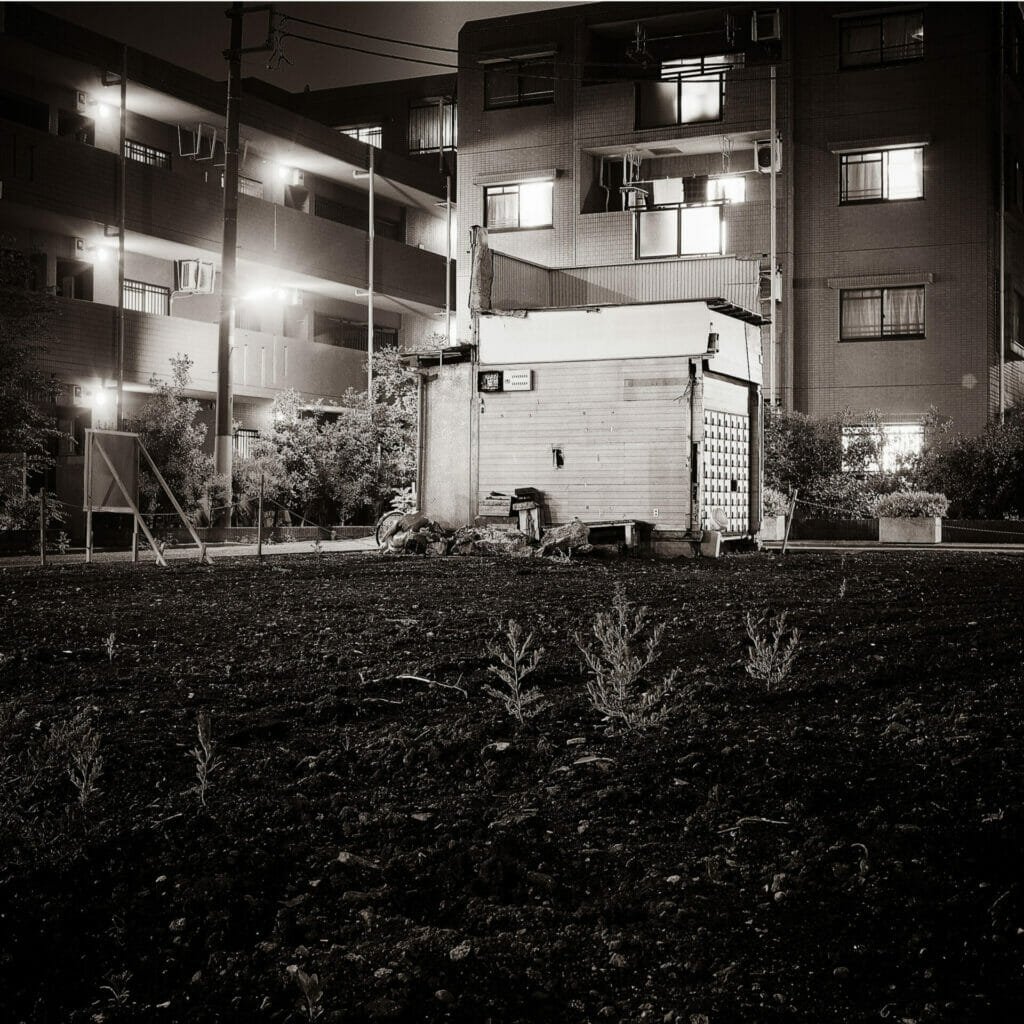A bank of shoe lockers, seventy-two in all, one with the door ajar and all missing their wooden keys1. It had been just inside the entrance, but no longer. Instead, it was exposed to the elements, making up one side of a fragment of structure, facing the large piece of torn-up ground where the rest of the building had once stood.
This used to be my local sento2. An unassuming public bath where I had once sincerely felt at home.
It was a third place3 for me and other regulars. Not home, not work. A place specifically neither, but still a place with a sense of belonging.
I didn’t feel it early on, but grew into it. It was its own little universe of experience, separate from everything else in my life. That separation made it a refuge.
Third places are important, but some are disappearing, public baths among them. This is one aspect of Japan’s declining social capital. Of course, the fact that most private homes now have bathing facilities largely obviates the need for the public bath in a purely practical sense. But the near-universal privatization of ablutions comes at a social cost.
The history of public baths goes back more than a thousand years4, and for centuries, it has been an element of daily life in Japan, providing a social function not replicated elsewhere.
This function has been on the decline for decades. Now, public baths regularly close and are torn down, taking their communities with them when they go.
Each of these places represents a whole little world of social interaction. A world that fades out of existence, starting the moment the bath closes its doors for the last time.
When I stood at the edge of the empty lot one night after my sento was demolished, I was struck by a loss of placefulness. The place that was there had vanished. Not just the building, but a place in which to simply exist and be comfortable in my own skin (and to share that experience with others doing the same). I could go to other baths, of course, and I did. But those establishments were different worlds, and there is simply no way to go back to a place that no longer exists.
-
Shoe lockers at baths are commonly locked by removing a flat key, often wooden, but also potentially plastic or metal. A good photo illustrating this can be seen in this article ↩︎
-
A type of communal bath house in Japan (read more on Wikipedia) ↩︎
-
An interesting concept that describes places other than home and work/school that fulfill certain social functions in community-building (read more on Wikipedia) ↩︎
-
Dogo Onsen in Matsuyama, for example, is mentioned in texts going back over 1,200 years (read more on Wikipedia) ↩︎


